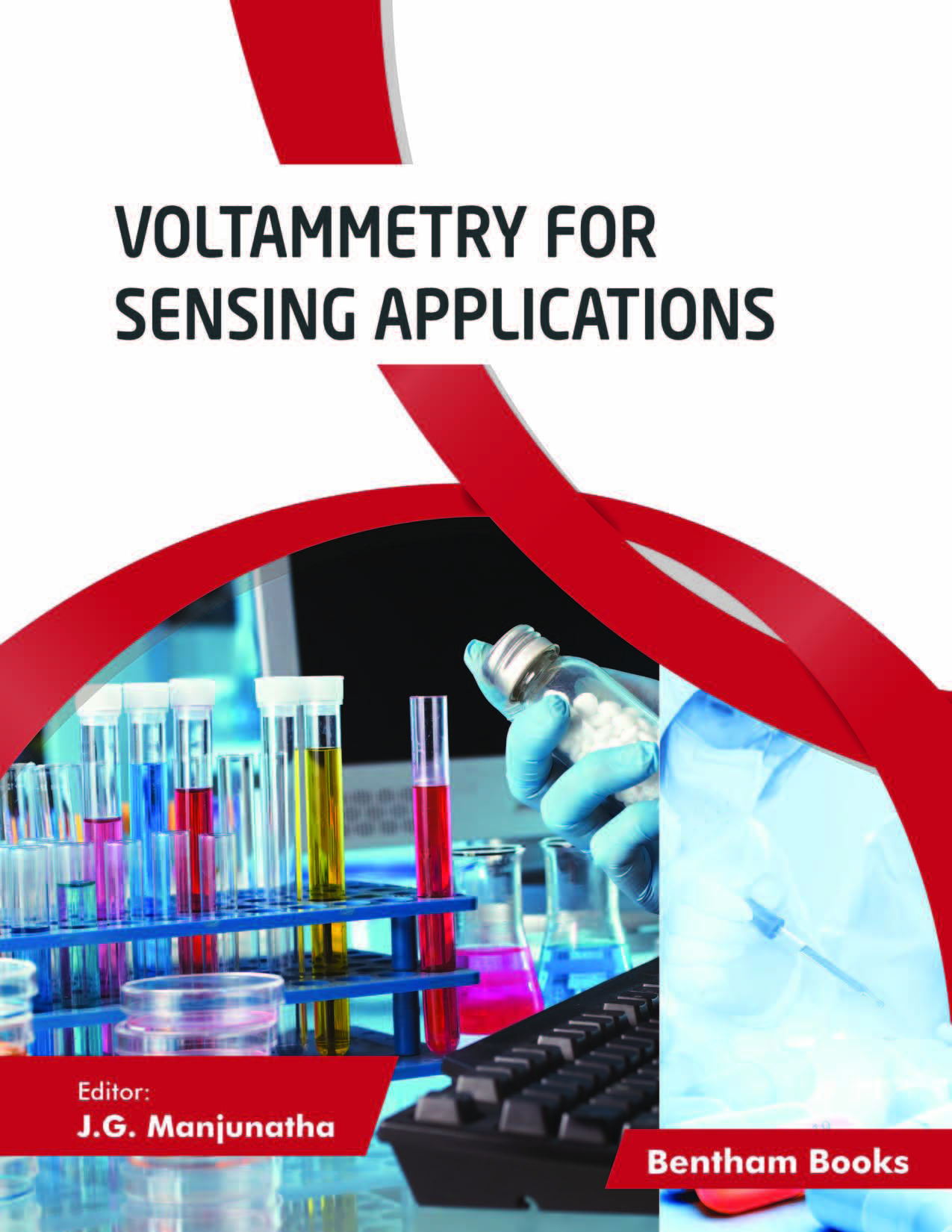Introduction
Voltammetry for Sensing Applications familiarizes readers with recent advancements in the field of electrochemical analysis. The book features 16 chapters which cover many applications of voltammetric analysis such as drug testing and analysis, sensors for point-of-care devices, sensors for diverse analysis, advanced energy storage devices, clinical sample analysis, sensors for the detection of heavy metals, nanomaterials, disease detection, immune sensors, food sample analysis, and anti-inflammatory and anticancer drug detection. Many of the current methods of voltammetry offer increased stability, repeatability, high performance, cost-effectiveness, time-saving, sensitivity, and the chapters also cover appropriate applications for the sensing tools and methodologies which are imperative in electrochemical, environment, biological, medicinal, and food safety analysis.
This informative reference serves as a timely and comprehensive update on voltammetry and sensing materials for chemistry scholars and industrial chemists alike.
Audience: Students of chemistry, applied chemistry, electrochemistry and allied disciplines, researchers and professionals.

